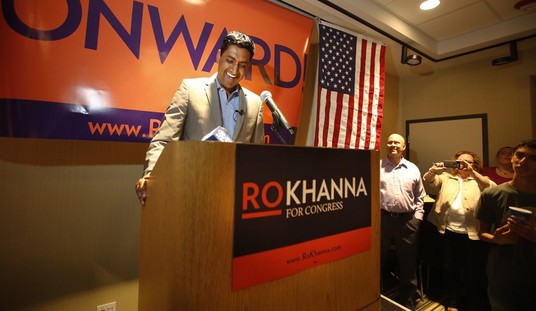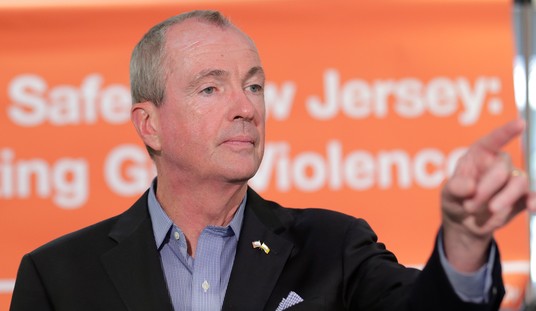You had us at progressive leadership, Washington Post. This analysis of the abject failure of a half-century of progressive control of the Twin Cities — and for that matter, increasingly radical progressive control — carries more than a whiff of an assumption that failure was only correlative rather than causative. How could inequality have gotten worse, Tracy Jan wonders, especially when state policy also applied progressive principles to the issue?
Taxes, for decades, have been redistributed from wealthy suburbs to poorer communities to combat inequality — an effort bolstered in recent years by raising state income taxes on the rich. The result: more money for schools, affordable housing and social services in lower-income neighborhoods.
But the prosperity fueled by the region’s Fortune 500 companies and progressive policies has not translated into economic equality. Instead, the wealth gap between Minneapolis’s largely white population and the city’s black residents has deepened, producing some of the nation’s widest racial disparities in income, employment and homeownership. …
The typical black family in the Twin Cities earned $39,851 in 2017, lower than the median income for African Americans nationally and less than half as much as the typical white family income of $82,371, which is much higher than white households nationally, according to the NAACP report. A quarter of black households lived in poverty, five times the poverty rate for white households.
Jan reports that some experts claim that this shows the depth of structural racism in America:
Economists, lawyers and civil rights advocates in the Twin Cities say progressive tax policies could not make up for other aspects of structural racism, such as access to credit or jobs. Some say investments in affordable housing in low-income neighborhoods deepened segregation and poverty. Others argue for better enforcement of federal laws to combat discrimination in lending, employment and housing.
There’s an inherent flaw in this argument, actually two, although it appears that it neither occurs to Jan. First, the “policy had no impact” ignores that things got worse on this score over the past half-century or more of progressive control — worse even when compared to national data on general inequality. That data related to wealth gaps, but income inequality has also risen at a much slower rate than Jan argues has taken place in Minneapolis.
Furthermore, as the Washington Post itself reported last year, the states with the highest amplitude for growing inequality had one thing in common. And it wasn’t red-state status, either:
Income inequality in the United States has hit its highest level since the Census Bureau started tracking it more than five decades ago, according to data released Thursday, even as the nation’s poverty and unemployment rates are at historic lows.
The gulf is starkest in wealthy regions along both coasts such as New York, Connecticut, California and Washington, D.C., as well as in areas with widespread poverty, such as Puerto Rico and Louisiana. Equality was highest in Utah, Alaska and Iowa.
Other than Louisiana, the worst states and territories for income inequality were all states not just that vote Democrat in presidential elections, but have become Democratic one-party fiefdoms. All of them have applied progressive policies in the same way the Twin Cities and the state of Minnesota have, most of them for decades. And the results have been uniformly the same — failure and decline, at least in terms of inequality.
This brings us back to the issue of correlation versus causation. Just how much did inequality get worse in spite of progressive policies — and how much did it get worse because of progressive policies? We can start perhaps with the Great Society programs that were supposed to win the war on poverty on a national basis, but there seems to be some specific correlation to progressive governance on a state and local area. Could it be that progressive policies that seize capital from the private sector and redistribute it on progressive priorities create lost opportunities for upward mobility and dynamic improvement? The states without progressive control — Utah, Alaska, and Iowa — certainly had better outcomes.
Jan does tiptoe up to that conclusion:
In addition to investing in homeownership programs, Minnesota has created financial incentives for the construction of affordable housing that critics say end up exacerbating segregation. Each year, tens of millions in local and federal subsidies are directed toward poor black, Latino and Southeast Asian neighborhoods in the Twin Cities, Orfield said.
For the most part, though, Jan promotes the idea that progressives simply haven’t gone far enough. Rather than promote equity and equality, they now want programs that explicitly seize wealth from whites and transfer it to African-Americans — and only African-Americans:
The legislature appropriated $35 million to address racial inequities, but lawmakers decided that “equity included every community and their mother,” Belton said.
Every marginalized group got in line for the money, Belton said. The Urban League ended up splitting $4.2 million with four other nonprofit organizations, he said, a circumstance that yielded too little to make a significant difference.
Perhaps a simpler explanation suffices. The policy direction of the last fifty-plus years has proven to be a devastating failure. Rather than double down on progressivism, perhaps the state and Twin Cities should look at the examples where equality actually improved — and adopt similar policies for a few years. At the very least, it can’t be any worse than what we have here now.








Join the conversation as a VIP Member